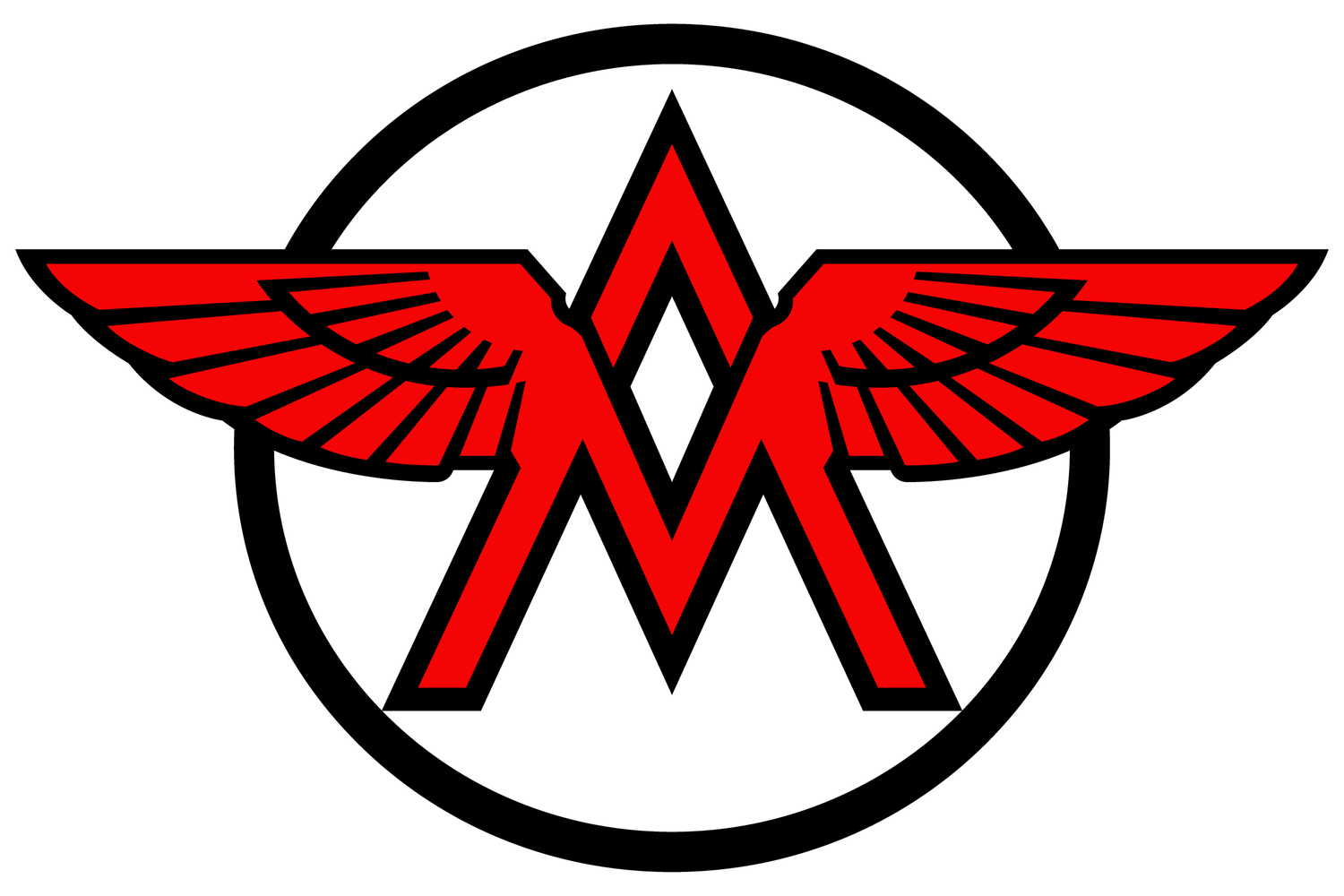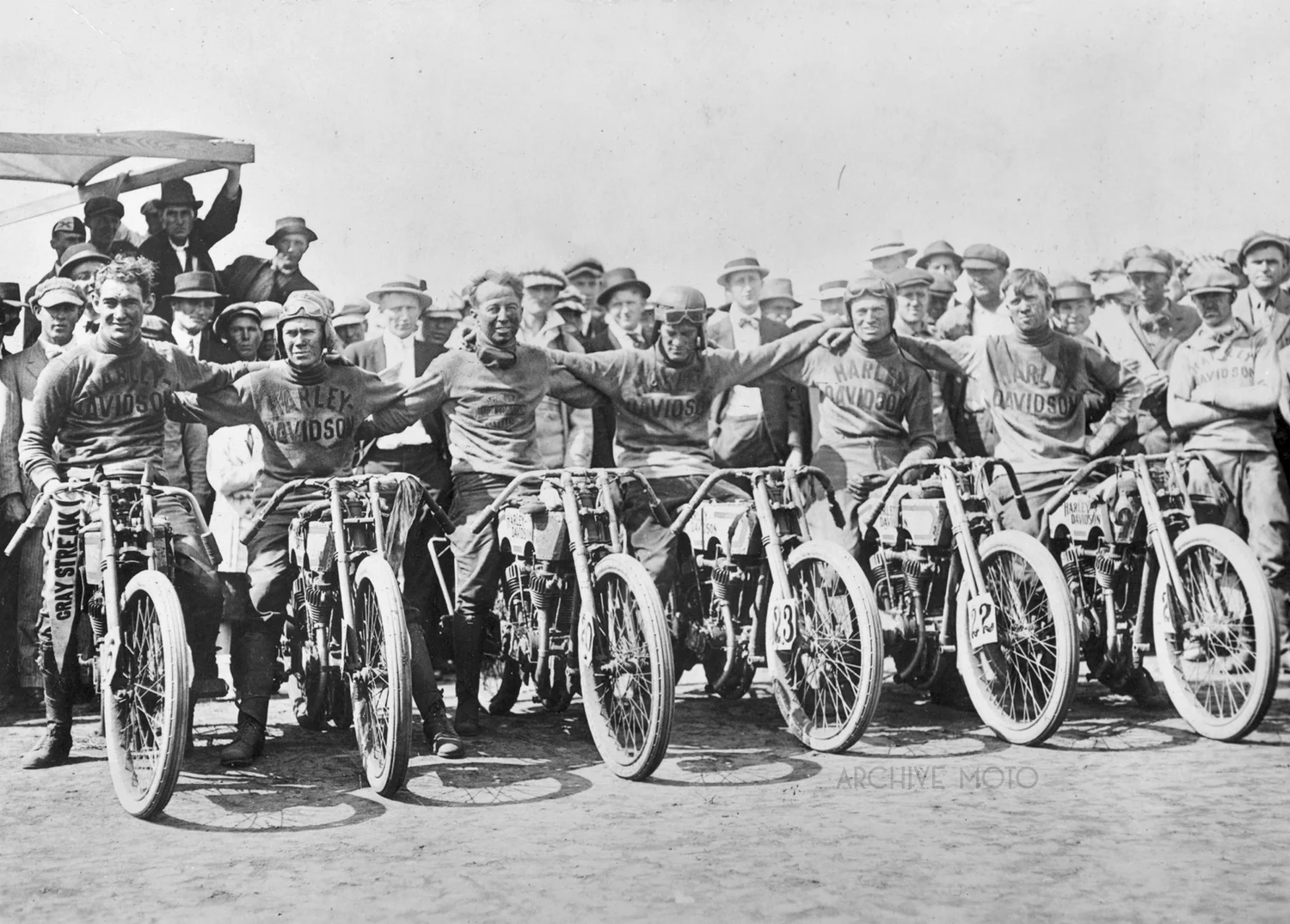There is a sweet spot in the pre-WWI era of American motorcycle competition. A time when the technology, the industry, the tracks, and the riders all hit a stride simultaneously and America’s enthusiasm for the sport hit a fever pitch. By 1912 Jack Prince’s fabled board track Motordromes were popping up across the country on what seemed like a monthly basis. Each new track was a refinement of design, a result of the race to accommodate the incredible speeds of rapidly evolving pure bred factory racing machines. This was the golden age of the board track, and for pioneer racers like Ray Seymour who were some of the first to start racing years before on dirt horse tracks like Los Angeles' Agriculture Park, it marked a time of great opportunity.
A champion seemingly from the start, Ray Seymour made himself known as a serious competitor as a teenager in Southern California. The pride and joy of the Reading Standard racing program, the freckle-faced boy wonder racked up a number of records before the Pensilvania based company pulled back from the racing game in the spring of 1910. Seymour was then taken under the wing of Indian's Jake DeRosier, arguably the most famous and capable racer of the day. It was DeRosier’s famous No. 21 factory machine that the young Seymour piloted when he became the FAM National Amateur Champion at Philadelphia in August that same year. Seymour, now an official rider for the mighty Springfield factory team charged into his most triumphant years, officially entering professional competition in February 1911. Seymour spent the majority of his time honing his skills on the Salt Lake City saucer at Wandamere under the continued tutelage of DeRosier just as he had done the year before. However, the young California Wonder also began criss-crossing the country, often opening Prince’s newly constructed motordromes and setting new records as a rising national star.
For the 1912 season Hedstrom had reproached his relatively new overhead valve design for the factory team. The new direct drive configuration featured larger cases and flywheels set into a slightly modified chassis, a distinct design feature which earned the rare machine its nickname as the Big Base series of Indian 8-Valve racers. Hedstrom initially built two of the new 7HP Big Base 8-Valves and delivered them to Los Angeles in late January 1912 for the opening of Prince’s newest track, the LA Stadium Motordrome. Ray Seymour and the young Texan Eddie Hasha were the lucky riders who were chosen to pilot the powerful machines, putting them at the top of the class in American motorcycle racing.
In February 12, 1912 Seymour and Hasha mounted their new factory 8-valves and ripped up the boards of the 1/3 mile LA Stadium Motordrome with its 50 degree tilt. The two proved their mettle as they finessed the power of the new cutting edge Class A machines, hitting speeds over 90mph, establishing a new standard that competitors and manufacturers alike would be chasing down over the coming years. Seymour and his Big Base continued on their warpath throughout the 1912 season, running wide open in LA, Chicago, and Oakland, and setting new professional speed records at playa Del Rey.
This photograph of Ray Seymour and his Big Base beast comes from inside the Columbus Motordrome, a larger than average 1/2 mile motordrome with 48 degree boards. On the Fourth of July, 1912, Seymour and Hasha duked it out during the opening races at Columbus in front of a massive crowd of 27,000. Taking place amidst a national FAM rally, the opening races were divided into two parts, half taking part as an afternoon festival until sunset, then a lavish fireworks display followed by the excitement of nighttime competition. Both Seymour and Hasha matched each other in setting a new 1 mile record of 37 seconds, nearly 97 mph on the rough 1/2 mile saucer , but it was Seymour who won each of the main events against his partner that day. Competition continued and within two months, both young racing stars would arrive in New Jersey to continue their domination of the 1912 season at the new Vailsburg Motordrome. On September 8th, as Seymour lead the pack at Vailsburg, Eddie Hasha lost control and the tragedy at Vailsburg unfolded, claiming the life of Hasha, Indian teammate Johnny Albright, and another 6 spectators. It had only been 7 months since Seymour and Hasha had pulled their Big Base 8-valve machines out of the shipping crates together back in Los Angeles.
Despite the loss of his friends and teammates at Vailsburg Ray Seymour continued his racing career, though the weight of the risk would only continue to grow heavier over the years as many of his fellow racers met similarly gruesome fates, including his mentor Jake DeRosier in February 1913. Seymour would live through his professional racing career, retiring a few years later and living out the rest of his days a legend of the golden age.





